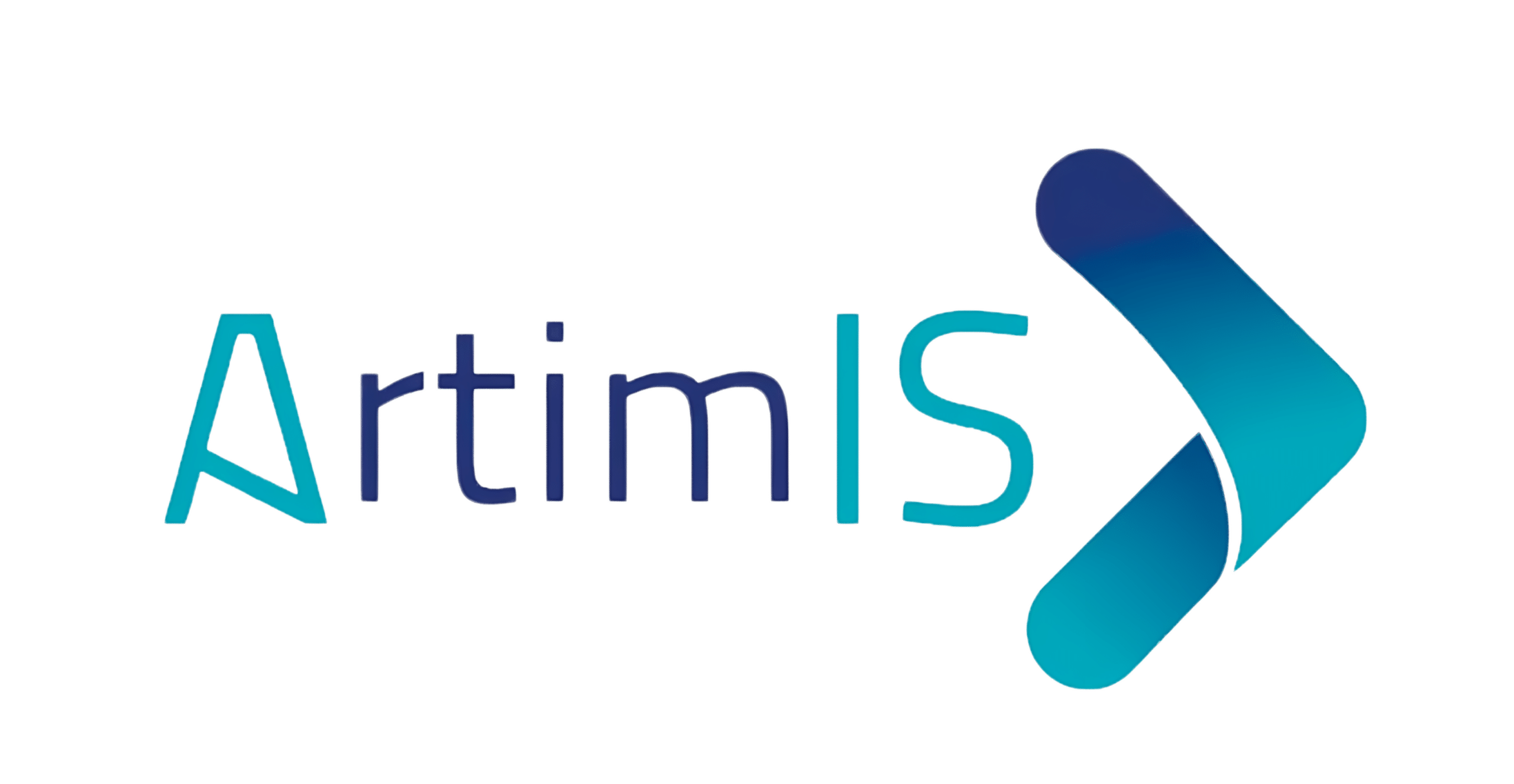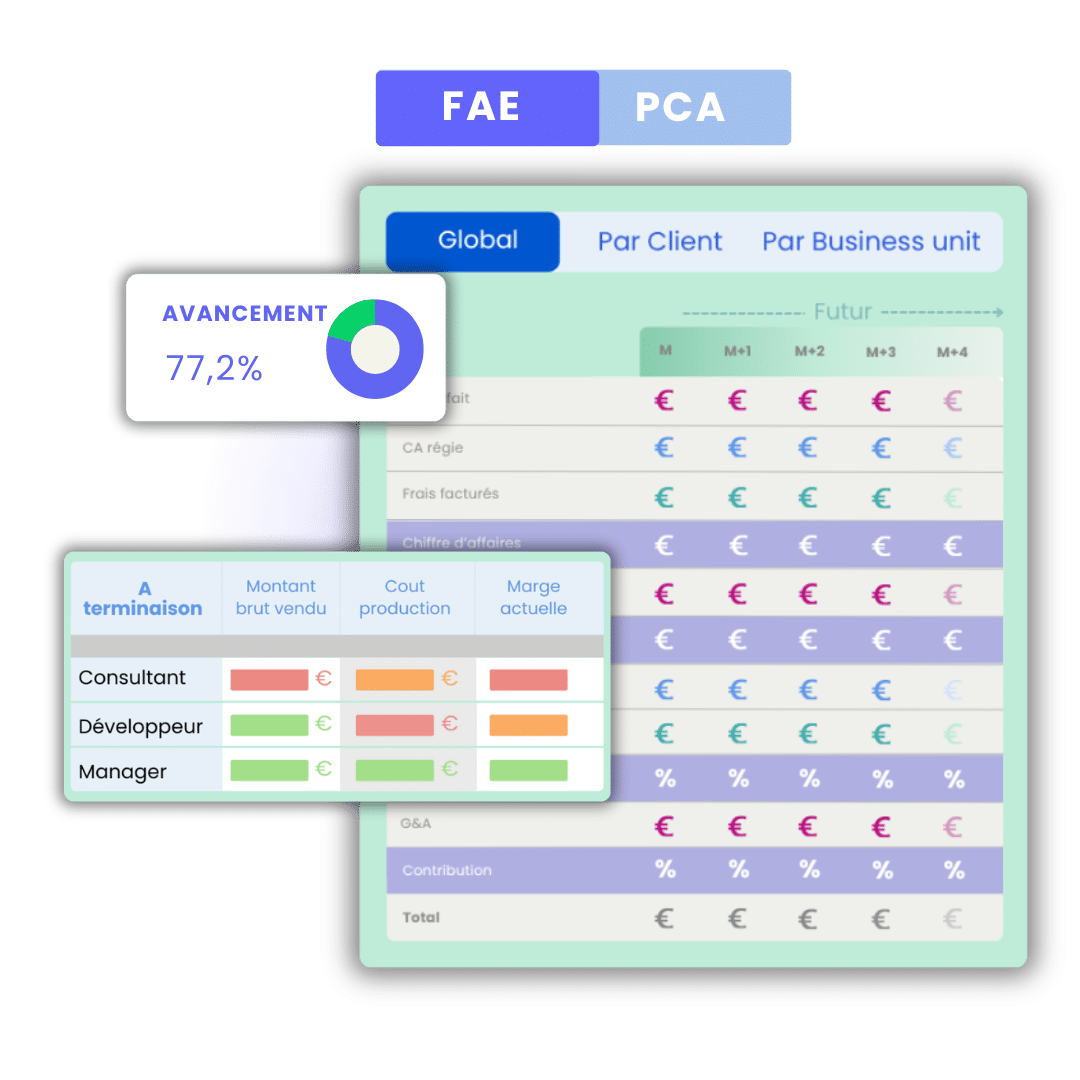Responsive Management to engage employees
Uncategorized
Do you work in a team where not everyone gives 100%? Are you that person? If you feel less engaged than before, or even disengaged, it's time to find the reason! Managers, project managers and managers face this challenge constantly. How do you keep a motivated team and employees enthusiastic about their work?
Many companies are now struggling to keep their workforce. Indeed, when an employee is no longer involved, he or she finally makes the radical decision to leave his or her position. The objective is therefore to avoid this. But above all, to understand the reasons, and to put in place new practices to help everyone find their place in the company and facilitate adaptation to new tools, practices; and team integration.
1. Engage your employees
If we stay down to earth, we immediately see the effects of employee disengagement on the company. First, the impact is considerable on productivity and performance as a whole. Then, of course, the cost of an employee for his employer sometimes amounts to more than €10,000 per year.
Finally, as in all fields, this kind of behavior can only be an obstacle to going further in terms of innovation. Sometimes all it takes is one disengaged person to create an unstable environment for other employees. This slows down production as a whole. As a result, not all customer expectations are met, the quality of work is not at its best, and some people don't feel comfortable in their team.
Who should be blamed? What is the cause of the indifference of some employees? We cannot ignore some classic factors such as lack of flexibility (and even then, it is getting better and better nowadays), lack of communication or listening or overload of work or on the contrary very little assignment on tasks. Some may feel ignored or not considered for their real potential and skills.
The need for recognition
The need for recognition is not just a philosophical concept, but is very real in the world of work. Forbes reports that 37% of employees say recognition is key to increasing productivity. It is true that an employee who is recognized for his or her work and skills has more self-confidence.
Today, we must realize the importance of putting human relationships at the heart of our ways of operating at work.
Read this article on how to build an agile team.
But other questions arise, other factors come into play and these are linked to the rapid progress of technologies and new tools. Let's also take into account the lack of training at this level (no explanation, unavailability of managers, people who are not qualified enough to be staffed on tasks that are not suitable, etc.).
What is expected of a manager
Does this mean that managers are also a little behind, that they are not taking their responsibilities as seriously as they should? Their lack of commitment logically and inevitably leads to the same thing among employees. Unfortunately, this is often linked to the fact that not everyone chooses the position of project manager or manager, which explains this relaxation in their responsibilities.
What employees expect from their manager or project manager is that they share their clear vision of the company's goals and ongoing projects. Also, that he is available and listens to them to train them and answer their questions. It's easier said than done, managers are not robots! They too face various challenges and annoyances that slow them down in their enthusiasm to work efficiently. This is why it is imperative to find solutions so as not to make the rest of the employees suffer.
Employee engagement
Employee engagement in France has been falling for ten years now according to Forbes, but this has been accentuated with the health crisis. The line between professional and personal life is becoming increasingly blurred. Many felt helpless. At the same time, this fusion of the two aspects of our lives has its benefits. We can use our personal experiences at home and at work to better communicate with others.
The lockdown and the unstable situation in which the crisis has placed us have played an important role in our ability to manage strong emotions and develop essential soft skills in our homes, but also in the office.
"From the office to the home, from home to the office, we mobilize these life skills for the benefit, in particular, of this emotional work that is so essential in both spheres."
Forbes
That said, measures remain to be taken so that employees can find their way around in this context, which is not conducive to personal development. 81% of employees say they are considering leaving their current job (Source: Smarp). And the majority of leaders realize that a new engagement strategy is needed. But only a quarter of them actually do so. Is it a problem of commitment on their part, or of resources.

2. Responsive Management
This term is still a little new and refers to a new style of leadership that is modern and adapted to the changes that our constantly evolving society is going through. It should be noted that these changes concern the market and employee expectations just as much. Traditional business management styles are no longer applicable in this day and age, where technology is only advancing and its integration into processes must be understood by leaders. They must constantly train themselves and their teams. A new management style is therefore needed, managers capable of adapting to change.
Responsive management is a way of rethinking the management of one's employees, whether through practice or psychological support. Managers must find a way to constantly renew themselves and accommodate the different needs of each person (their employees, customers, superiors, market, organization, environment, etc.) An engaged leader can re-motivate his disengaged employees.
"The new practice management is an understanding of developments in technology and society. This leadership style focuses on dreams as well as strategic goals, on networks as well as hierarchies, on experimentation as well as on planning. It is a leadership approach based on people and engagement, both with customers, shareholders, society and employees." Source: Wearebeem
Less rigid management
As we said earlier, what employees expect are less rigid ways of operating. This is why responsive management focuses on more collaborative and engaging approaches. This encourages everyone to participate in the life of the company, to get personally involved in the projects and to become more autonomous. Just like recognition, these methods require soft-skills on the part of leaders, have the ability to create a healthy environment and working environment.
Finally, it should be noted that managers who put responsive management into practice are versatile players and their task is not easy. A lot of questioning work must be done regularly to continue to steer the boat to port. Managers are constantly learning. They are looking to understand how to better use technology to speed up their organization's processes. They remain open to new possibilities while keeping some aspects of traditional management or leadership.
"Responsive Management aims to combine speed of execution, adaptability and efficiency, with the aim of providing solutions with a high customer experience content."
Forbes
3. Use a tool to have better collaboration
A disengaged leader will not seek to innovate and may not even see that his employees are facing difficulties on their side. An involved manager can better see the obstacles to the commitment of his teams. And very often this is linked to a poor understanding of digital tools or to inefficient tools.
The use of an ERP can make a difference. It promotes the sharing of information and allows everyone to have a better visibility on the schedule, their tasks and the progress of projects. This type of software involves the entire team in reporting and time tracking.
Save time in project management
The goal here is to allow everyone to save time and allow the manager to do better project management. This is all the easier if everyone takes responsibility for their tasks according to their role. By using a tool like this, leaders, managers, and team members get the data they need to work better. This continuous sharing of information puts everyone on an equal footing in a way, and it's this kind of mindset that encourages employees to be more engaged.
Data sharing for better collaboration
Many employees are used to having very restricted access to company data. Today, privacy is not the same if you use a resource planning such as Stafiz. The information is reported by everyone and is visible. Of course, some features remain reserved for managers and other roles depending on the tasks assigned or the hierarchy. However, we can say that everyone finds their place and this radically changes the dynamic of a team that works in project mode. Individuals have everything in hand to make better decisions and invest 100%.
Another read: Better management of your teams thanks to a management tool resource planning
Learn more about the resource planning in Stafiz
You might be interested in other articles

Optimizing Customer Relationship Management (CRM) with Stafiz: the case of Artimis
Natalia Duarte...


